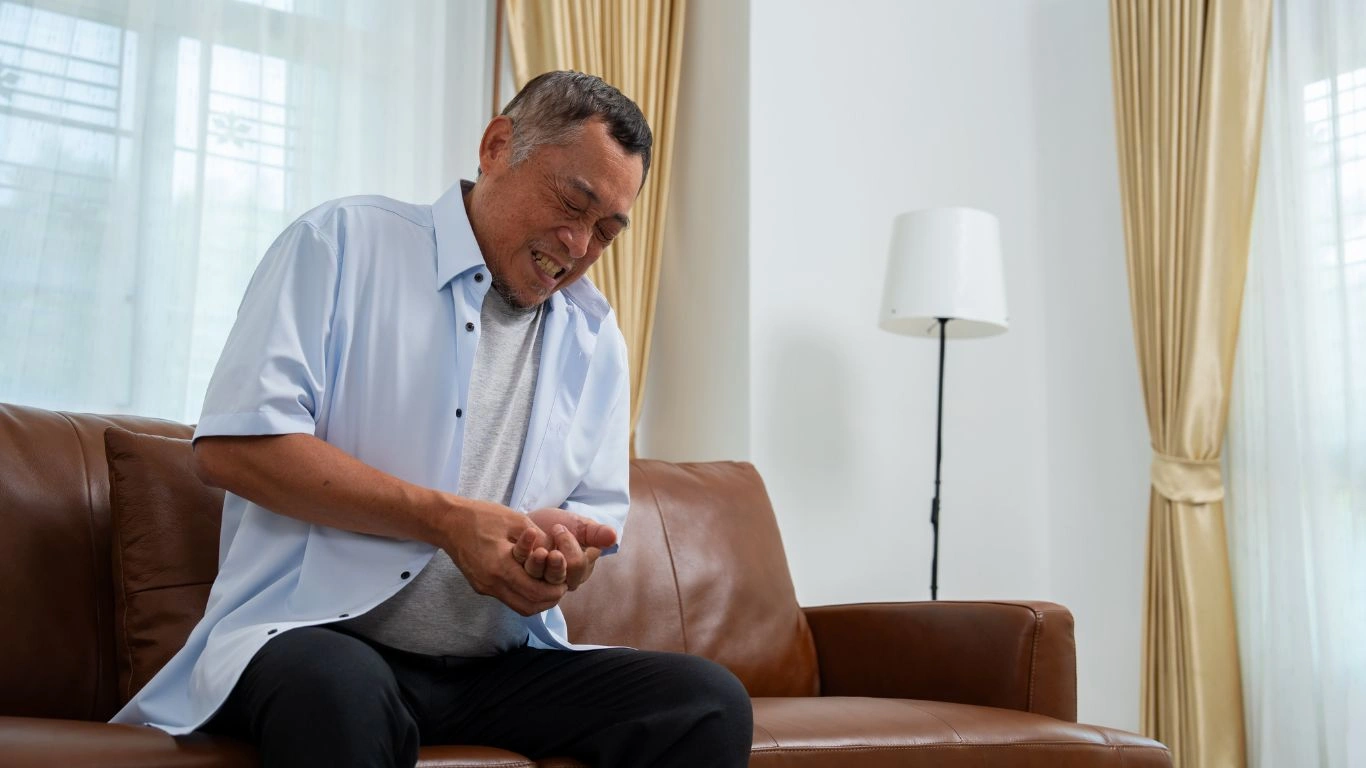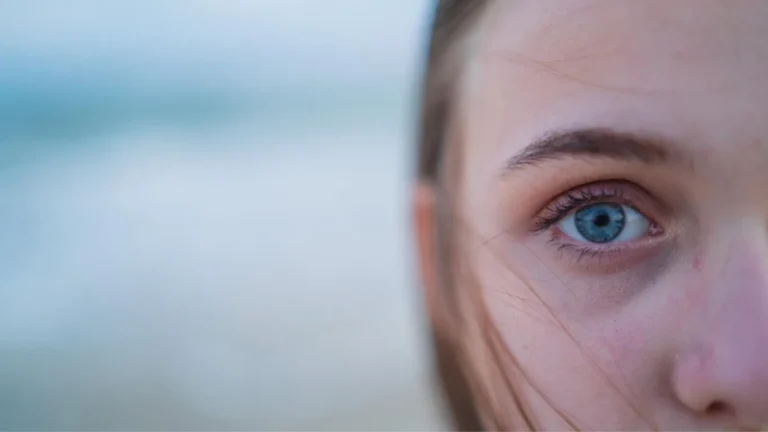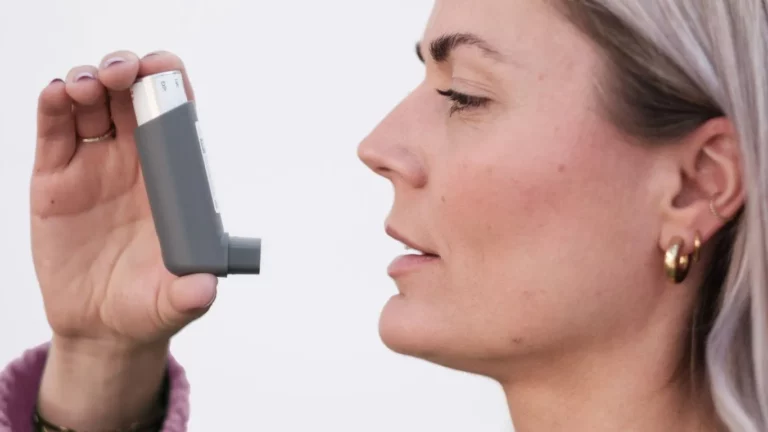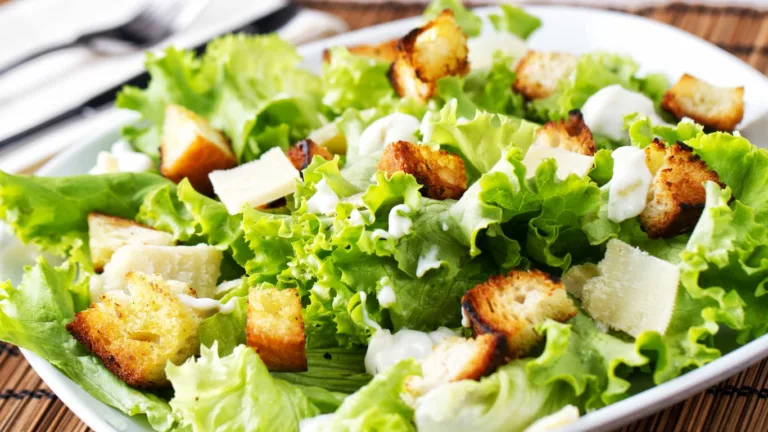What is Juvenile Rheumatoid Arthritis? – A Complete Guide
Juvenile rheumatoid arthritis (JRA) might sound like a big medical term, but if you’re a parent or caregiver, understanding it can make all the difference in helping a child manage this condition. It’s an autoimmune disease that causes joint pain, swelling, and stiffness in kids, but it’s definitely manageable with the right care. So, let’s break down what JRA is, how it affects kids, and how we can help them cope!
So, let’s get the basics down first: Juvenile rheumatoid arthritis (also known as juvenile idiopathic arthritis or JIA) is a type of autoimmune disease. This means the body’s immune system mistakenly attacks its own tissues—in this case, the joints. Kids, usually under the age of 16, are the primary sufferers of JRA, and it can affect one or more joints, causing inflammation that leads to pain, swelling, and sometimes even damage to the joints if left untreated.
What Causes Juvenile Rheumatoid Arthritis?
It’s not entirely clear what causes JRA. We do know that it involves the immune system going rogue, attacking healthy tissues, especially in the joints. It’s thought that a combination of genetic and environmental factors—like infections—can trigger the disease. If someone in your family has autoimmune diseases like rheumatoid arthritis or lupus, it might increase the chances of a child developing JRA. But don’t worry, JRA isn’t caused by anything you did as a parent, so no need to blame yourself!

Signs and Symptoms of JRA
JRA symptoms can vary a lot from one child to another, but here are some common ones to watch out for:
- Joint pain and swelling: The most obvious symptom, usually in the knees, wrists, or elbows, and often in the morning.
- Stiffness: Your child might struggle with moving certain joints, especially after sitting for a while or waking up.
- Fatigue: Chronic inflammation can wear them out, making them feel more tired than usual.
- Fever and rash: Some kids might experience fever along with a rash, especially if they have systemic JRA (which affects the whole body, not just the joints).
- Growth problems: Sometimes, JRA can interfere with normal growth, causing one side of the body to grow faster than the other.
You might notice your child limping or not wanting to play as much because their joints hurt. But it’s super important to get these symptoms checked out with a doctor if you notice them because early diagnosis can help prevent long-term damage.
Types of Juvenile Rheumatoid Arthritis
There are three main types of JRA, each with its own set of symptoms:
- Oligoarticular JRA: This is the most common type and affects fewer than five joints, usually large ones like the knees. It often comes with eye problems, like inflammation.
- Polyarticular JRA: This one involves five or more joints, often affecting smaller joints in the hands and feet. It can also cause more systemic symptoms, like fever.
- Systemic JRA: This is the rarest and most severe form. It affects the whole body, causing fever, rash, and inflammation in internal organs in addition to joint pain.
How is Juvenile Rheumatoid Arthritis Diagnosed?
If you think your child might have JRA, it’s time for a visit to a pediatric rheumatologist. The doctor will likely do a physical exam, ask about your child’s symptoms, and possibly run blood tests or imaging tests like X-rays or MRIs. Diagnosing JRA can take a little time since the symptoms can overlap with other conditions, but don’t worry—once it’s diagnosed, the right treatment plan can make a huge difference.

Treating Juvenile Rheumatoid Arthritis
While JRA is a chronic condition (meaning it’s long-term), it’s totally manageable with the right treatment. Here’s how doctors usually approach it:
- Medications: The goal is to reduce inflammation and prevent joint damage. Medications like NSAIDs (non-steroidal anti-inflammatory drugs) can help with pain and swelling, while disease-modifying antirheumatic drugs (DMARDs) like methotrexate can slow down the immune system’s attack on the joints. Biologic medications might be prescribed for severe cases.
- Physical therapy: This is key to keeping the joints flexible and strong. Physical therapy can help kids with JRA maintain normal function and avoid stiffness.
- Surgery: In rare cases, if the joints are severely damaged, surgery might be necessary to repair or replace a joint.
A good treatment plan will be a combination of meds, therapy, and regular monitoring by doctors. The earlier the treatment, the better the outcomes—many kids with JRA lead active, full lives with the right care!
Living with Juvenile Rheumatoid Arthritis
Supporting a child with JRA means being mindful of their physical and emotional needs. This might involve adjusting their daily routine to include rest periods, ensuring they get enough exercise, and helping them with school or activities if they’re feeling particularly tired or in pain.
It’s also important to keep an eye on their emotional health. Chronic pain and the limitations that come with JRA can sometimes lead to frustration or depression, so talking openly and finding emotional support is crucial. Encourage them to be involved in hobbies they enjoy and let them know that it’s okay to ask for help when they need it.
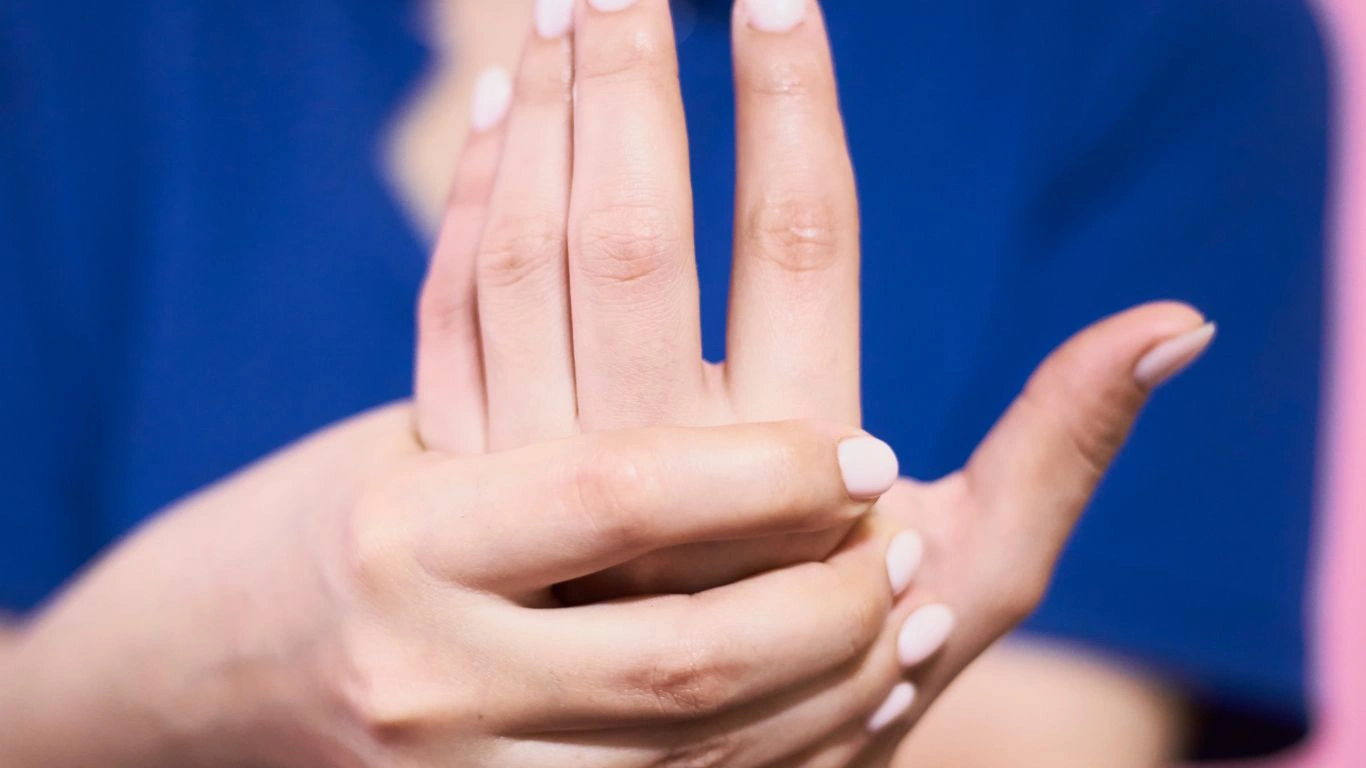
Conclusion
Juvenile rheumatoid arthritis can seem overwhelming, but with the right care and support, kids can manage the condition and thrive. Whether it’s through medication, physical therapy, or just making sure they’re emotionally supported, there’s a lot that can be done to help them lead happy, active lives. If you suspect your child has JRA, don’t hesitate to reach out to a pediatric rheumatologist. The sooner they get diagnosed and treated, the better the long-term outcomes.
Appendices
Frequently Asked Questions (FAQs)
- What causes juvenile rheumatoid arthritis in children?
The exact cause isn’t fully understood, but it involves a combination of genetic factors and an abnormal immune system response. Environmental triggers, like infections, might also play a role. - Is juvenile rheumatoid arthritis the same as adult rheumatoid arthritis?
Not exactly! While they share similar symptoms (joint pain and swelling), JRA is specific to children and can have different long-term outcomes and treatments. - Can a child with JRA play sports?
Yes, most children with JRA can play sports. However, they should avoid high-impact or risky activities that could strain their joints. Exercise is important for maintaining joint flexibility. - Can JRA be cured?
Currently, there is no cure for JRA, but with the right treatment, it can be managed effectively, allowing kids to live normal, healthy lives. - Does diet affect juvenile rheumatoid arthritis?
While no specific diet can cure JRA, eating a balanced diet with anti-inflammatory foods like fruits, vegetables, and omega-3 fatty acids can help manage inflammation.
References
- American College of Rheumatology. (2023). Juvenile Rheumatoid Arthritis Overview. Link to article
- National Institute of Arthritis and Musculoskeletal and Skin Diseases. (2024). Juvenile Arthritis in Children. Link to article
- Rheumatology.org. (2024). Juvenile Idiopathic Arthritis. Link to article
Disclaimer
The information provided here is for educational purposes only and should not be considered medical advice. Always consult with a pediatric rheumatologist or healthcare professional to diagnose and treat any health conditions your child may have. Individual needs and treatments can vary, so personalized guidance is key.

Tarra Nugroho is a dedicated Nurse Practitioner with a strong foundation in family and preventive care. She brings both compassion and clinical expertise to her practice, focusing on patient-centered care and health education. As a contributor to Healthusias.com, Tarra translates medical knowledge into clear, empowering articles on topics like women’s health, chronic disease management, and lifestyle medicine. Her mission is simple: help people feel seen, heard, and informed—both in the clinic and through the content she creates. When she’s not caring for patients, Tarra enjoys weekend hikes, plant-based cooking, and curling up with a good health podcast.
